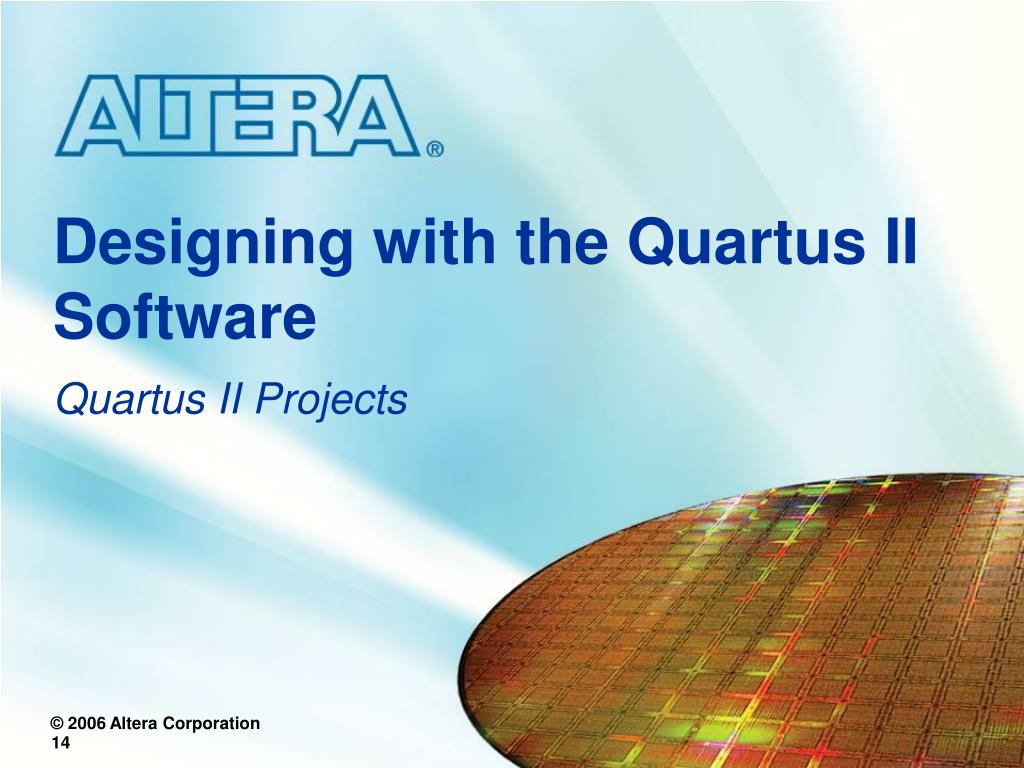

- SYNPLIFY PRO NAME VERIFICATION
- SYNPLIFY PRO NAME CODE
string - event - chandle - class - associative arrays - dynamic arrays Fixed size arrays, packed or unpacked, can be used as a whole or as part selects or as indexed bit or part selects.

Examples of non-integral data types are classes, unpacked arrays (strings), unpacked structures and so on.
SYNPLIFY PRO NAME VERIFICATION
Detailed information on different type of coverage options is given in Chris Spear Book – System verilog for Verification in section 9. This can be great if there are a lot of tests to run with the same testbench. int array When the size of the collection is unknown or the data space is sparse, an associative array is a better option. Dynamic arrays allocate storage for elements at run time along with the option of changing the size. *STRINGS: In Verilog, string literals are packed arrays of a width that is a multiple of 8 bits which hold ASCII values. reverse The Eda playground example for the reverse_by_string: 
These sections match those in the IEEE Std 1800-2009 I EEE Standard for System Verilog Unified Hardware Design, Specification, and Verification Language manual. SystemVerilog-tests / hdl / array_string. Identifiers have a type as covered in the previous section.
SYNPLIFY PRO NAME CODE
antlrVerification: Boolean, Use ANTLR parser to verify code in real-time. Example: my_array // “name”, Index type is a string my_array // address, Index type is an integer (here address is an integer). The main advantage of queue over dynamic array is that, we don’t need new operator to allocate storage space for a Systemverilog array ordering methods, sort systemverilog array shuffle rsort reverse systemverilog dynamic array associative array sort method examples In the previous example, only the sum of array elements is considered, array elements can take any value. declare an array with rand Constraint sum of an array using the array method sum(). Verilog doesn't allow an I/O port to be a 2-D array.Authored more than 40 technical papers – includes 17 "Best Paper.1 Verilog Synthesis Interoperability Group

This might help you in future searches, for example in the SystemVerilog LRM.
SystemVerilog Arrays, Flexible and Synthesizable. In comparison, SystemVerilog arrays have greatly expanded capabilities both for writing synthesizable RTL, and for writing non-synthesizable test benches. Ref: System Verilog For Verification – Chris Spear, Greg TumBush. This page contains SystemVerilog tutorial, SystemVerilog Syntax, SystemVerilog Quick Reference, DPI, SystemVerilog Assertions, Writing Testbenches in SystemVerilog, Lot of SystemVerilog Examples and SystemVerilog in One Day Tutorial. A dynamic array is an unpacked array whose size can be set or changed at run time, and hence is quite different from a static array where the size is pre-determined during declaration of the array. Yes, I need to use unpacked byte array because after the initialization, I have to read every letter of string, letter by letter. If you really want to use string in a packed struct, I think you have to use something like that: You should be able to do this without using string types. If the array index values are organized as a tree, searching may require up to 20 string comparisons. the expectation is that someone used a parameter/constant to specify the size of the array an I look for a solution which is supported by all/most simulators. Iterative way : 1) Initialize start and end indexes as start = 0, end = n-1. What is a SystemVerilog string ? The string data-type is an ordered collection of characters.








 0 kommentar(er)
0 kommentar(er)
